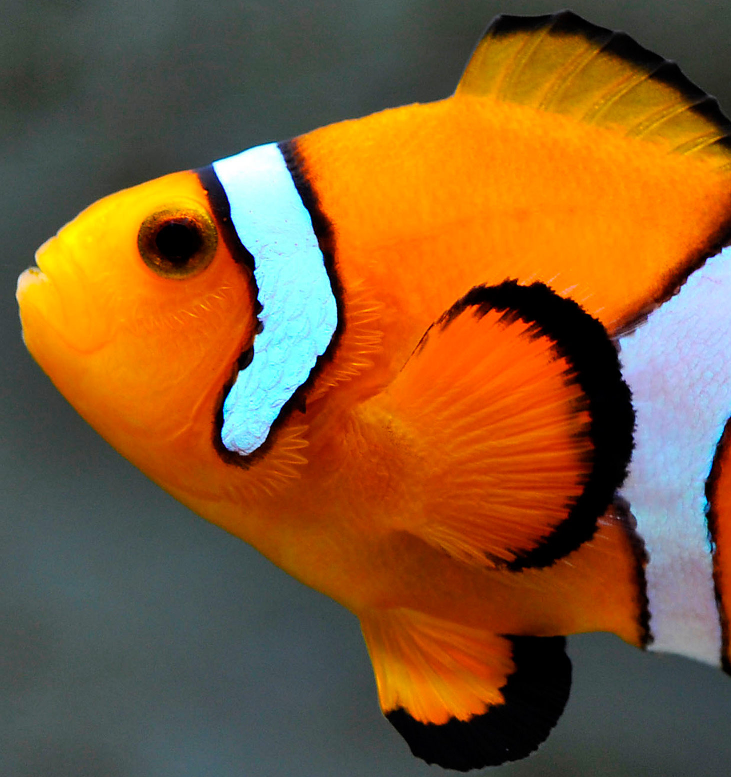Not finding nemo is in fact more likely scenario, since it's been revealed that one in six species featured in the movie Finding Nemo are at risk of disappearing from the oceans, due mainly to overfishing.
 A research team from Simon Fraser University in Canada and the World Conservation Union (IUCN), examined the extinction risk facing over 1,500 marine species, including all the species the 16 families of marine animals that feature in Finding Nemo. They include hammerhead sharks, sea turtles, pelicans, pufferfish, eagle rays, and seahorses.
A research team from Simon Fraser University in Canada and the World Conservation Union (IUCN), examined the extinction risk facing over 1,500 marine species, including all the species the 16 families of marine animals that feature in Finding Nemo. They include hammerhead sharks, sea turtles, pelicans, pufferfish, eagle rays, and seahorses.
Information came from the IUCN's Redlist Assessments, which rank extinction risk ranging from Critically Endangered, through Endangered, Vulnerable, and Near Threatened. These categories are all based on a detailed set of standards against which the size of populations and changes they've undergone are gauged. If there's not enough information on those factors, then the Data Deficient label is assigned.
12-35% of the species examined are considered to be threatened with extinction (including Critically Endangered, Endangered, and Vulnerable rankings).
The point of this study isn't to see if Hollywood has anything to say about extinction in the sea, but to assess how well famous, charismatic species are getting on both in terms of their current status and our efforts to protect them. Because if we can't figure out conservation for glamorous animals like sharks, turtles, and lovely coral reef fish, what hope is there for lesser-known species that don't make it onto the silver screen and few people have heard of?The research team also looked at how well these endangered movie star species are being protected by international agreements and found a general lack of conservation measures in place. An exception are the seahorses, which are some of the few bony fish whose international trade is strictly controlled and monitored by the Convention on International Trade in Endangered Species (CITES).
The study also highlights the lack of science focused on these marine species with still far more attention given to habitats and species on land compared to beneath the sea.
It's not all doom and gloom. Public awareness doesn't always come hand in hand with conservation - after Finding Nemo was released, there was a surge in sales of clown fish for aquariums, and in kids flushing their nemos down the toilet. But we are seeing increased interest in both research and protection for marine species - good examples are the recent bans on shark finning and shark fin trade in various countries and cities around the world.




Comments
Add a comment